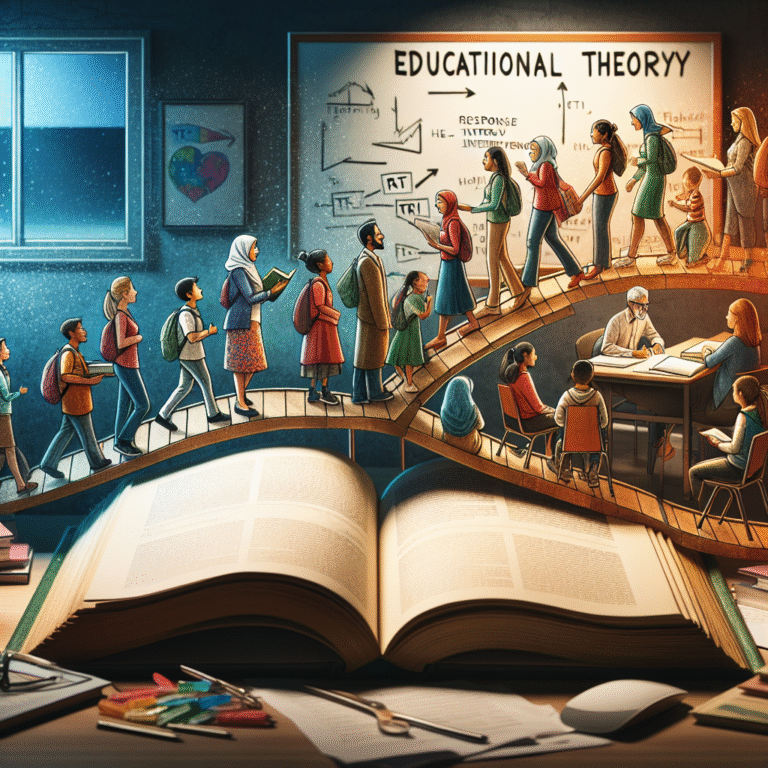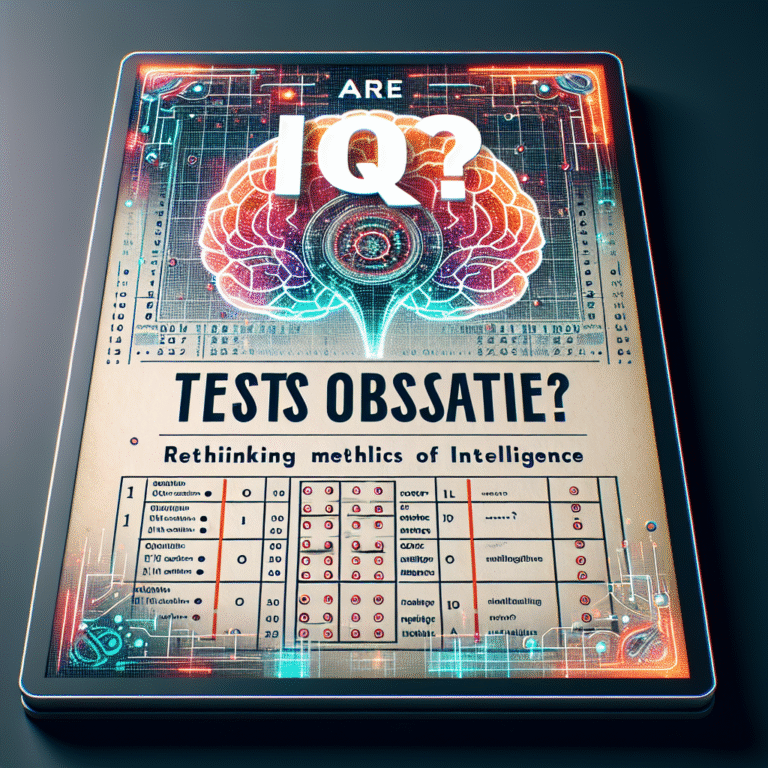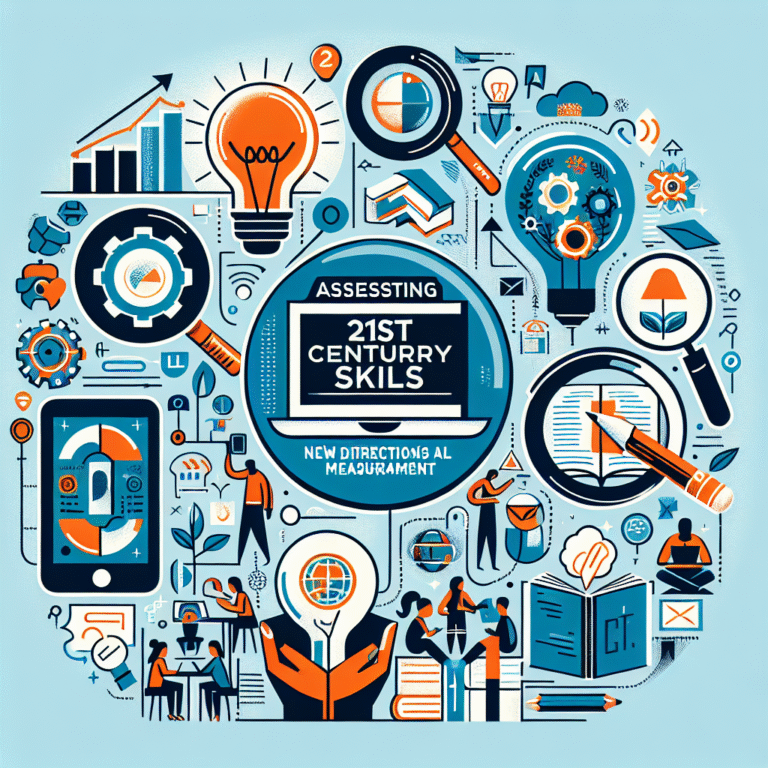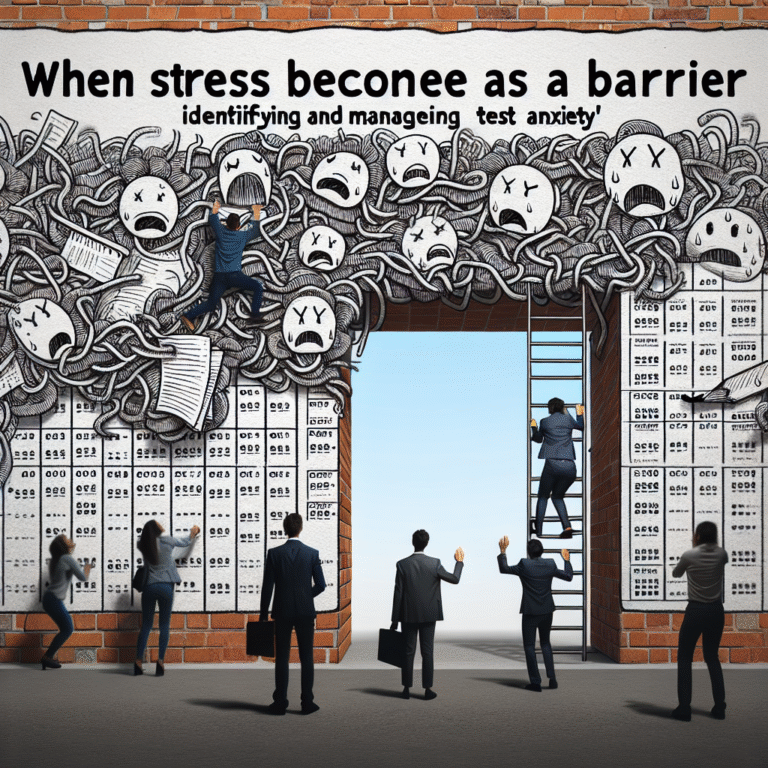
Introduction
In today’s rapidly evolving educational landscape, the integration of technology in the classroom is not merely a trend; it’s an essential strategy for engaging students and enhancing management techniques. Educators around the world are increasingly leveraging tools and platforms that captivate learners’ interests, streamline classroom operations, and foster a productive learning environment.
As we delve into the realm of "Technology in the Classroom: Enhancing Management Techniques," it’s evident that technology is transforming traditional teaching paradigms. From smart boards to learning management systems, the tools at our disposal offer teachers unprecedented opportunities to manage their classrooms effectively. This transformation is not just about convenience; it’s about creating an environment rooted in engagement, collaboration, and innovation.
The Need for Effective Classroom Management
Classroom management has always been a cornerstone of successful teaching. Without it, even the most brilliant lesson plans can fall flat. Traditional techniques often rely on verbal commands and physical presence, which may not suffice in today’s technology-driven world. Here, technology emerges as a crucial ally. With tools ranging from monitoring software to collaborative platforms, educators can create a structured yet dynamic environment that allows for effective teaching and learning.
The Role of Technology in Classroom Management
1. Streamlining Administrative Tasks
One of the most significant advantages of technology in the classroom is the ability to streamline administrative tasks. Management tools like Google Classroom, Schoology, or Edmodo allow teachers to organize assignments, communicate with students, and even grade work more efficiently.
Case Study: Google Classroom
Climate Academy implemented Google Classroom as part of their teaching strategy. Teachers reported a significant reduction in administrative workload, allowing them more time to focus on interactions with students. The platform’s ability to create discussion threads and facilitate direct communication was pivotal in improving classroom dynamics.
| Task | Traditional Approach | Tech Approach | Time Saved |
|---|---|---|---|
| Assignment Collection | Paper submissions | Digital uploads | 50% |
| Grading | Manual grading | Automated tools | 70% |
| Communication | Parent-teacher meetings | Online messaging | 60% |
2. Enhancing Student Engagement
Engagement is crucial for effective learning. Interactive technologies—like Kahoot!, Nearpod, and other gamified platforms—help emotionally and intellectually engage students.
Case Study: Kahoot!
At Horizon High School, teachers used Kahoot! to create interactive quizzes that made learning fun. The immediate feedback and competitive elements transformed mundane review sessions into highly engaging activities. This not only helped students remember key concepts but also fostered a collaborative environment where students felt comfortable participating.
3. Data-Driven Decision Making
Utilizing technology also means collecting and analyzing data to inform classroom management strategies. Learning analytics can provide insights into student performance, enabling educators to tailor their approaches based on real-time feedback.
Case Study: EdTech Analytics Dashboard
Lakeview Academy integrated an EdTech analytics dashboard which allowed teachers to monitor student progress in real-time. As a result, they could identify students needing additional support or enrichment. This data-driven approach ensured that all students were met with appropriate challenges, fostering both academic growth and self-efficacy.
4. Supporting Diverse Learning Needs
Inclusive education is critical for today’s classrooms. Technology in the classroom enhances management techniques by accommodating diverse learning needs through personalized learning experiences.
Case Study: Adaptive Learning Platforms
Maplewood School District adopted an adaptive learning platform that adjusted content based on individual student performance. This customization in learning not only supported students with different learning paces but also empowered teachers to address diverse classroom dynamics efficiently.
Practical Management Techniques Enhanced by Technology
1. Building Stronger Classroom Communities
Community-building is essential for student morale and engagement. Tools like discussion forums and social media groups can facilitate relationships among students and between students and educators.
2. Real-Time Monitoring
Behavior management can be significantly enhanced through real-time monitoring tools. For instance, classroom management software can alert educators to patterns of behavior, enabling proactive rather than reactive measures.
3. Collaborative Learning
Technology fosters collaboration by enabling group projects and peer-to-peer learning through platforms like Microsoft Teams or Google Docs. This approach not only enhances teamwork skills but also builds class cohesion.
| Management Focus | Traditional Method | Tech-Enhanced Method |
|---|---|---|
| Group Projects | In-person group formation | Online collaborative spaces |
| Peer Assessment | Manual feedback | Digital peer review tools |
| Homework Review | Individual submissions | Instant sharing and feedback loops |
Overcoming Resistance to Technology
Despite the many advantages, some educators may hesitate to integrate technology into their classroom management techniques. Common concerns include lack of training, fear of disruption, and uncertainties around data privacy.
Addressing Concerns
- Training Opportunities: Offering professional development sessions to guide educators in implementing technology effectively can alleviate anxiety.
- Pilot Programs: Initiating a trial period where select classes utilize technology can demonstrate its benefits without overwhelming the entire staff.
- Data Privacy Education: Educators must be informed about the policies surrounding data retention and privacy to address any concerns parents or students may have.
Conclusion
Incorporating technology in classroom management is not just about improving efficiency; it’s about enhancing student engagement, catering to diverse learning styles, and building a cohesive classroom environment. As we’ve explored in this article about "Technology in the Classroom: Enhancing Management Techniques," the potential benefits are transformative.
By embracing technology and continually seeking innovative solutions, educators can unlock the full potential of their classrooms, fostering an atmosphere of learning that is both dynamic and inclusive. Let us move forward into an era where technology empowers us to manage our classrooms with unprecedented effectiveness, inspiring students to achieve their best.
FAQs
1. How does technology improve classroom management?
Technology streamlines administrative tasks, facilitates communication, fosters engagement, and provides real-time data to inform teaching strategies.
2. What are some tools for enhancing classroom management?
Popular tools include Google Classroom, Kahoot!, and various learning analytics platforms that help manage assignments, enhance engagement, and track student performance.
3. How can I address concerns about implementing technology?
Provide professional development opportunities, initiate pilot programs, and educate stakeholders on privacy policies to build confidence in using technology.
4. Can technology cater to diverse learning needs?
Yes, adaptive learning platforms and digital resources allow for personalized learning experiences that accommodate various learning styles and paces.
5. How will technology impact student engagement?
By integrating interactive and gamified learning tools, technology can significantly increase student motivation and participation in their educational experiences.
In embracing "Technology in the Classroom: Enhancing Management Techniques," we stand on the threshold of educational innovation, ready to redefine how we educate, engage, and empower the next generation of learners. Let’s take this journey together into a bright and dynamic future!


















